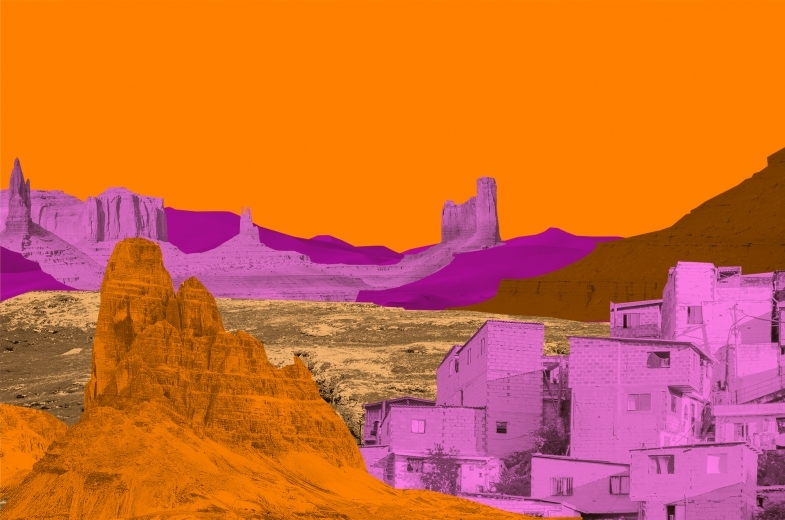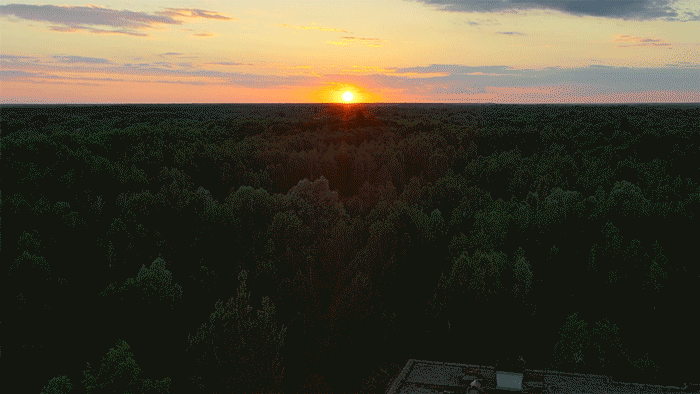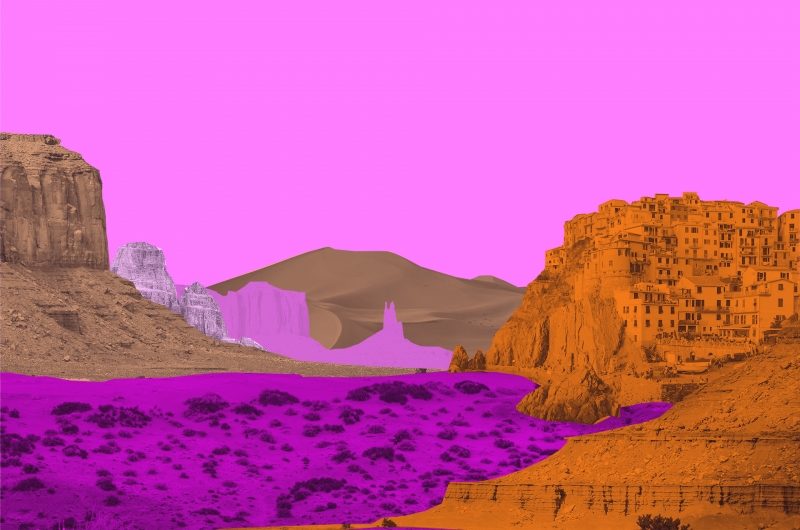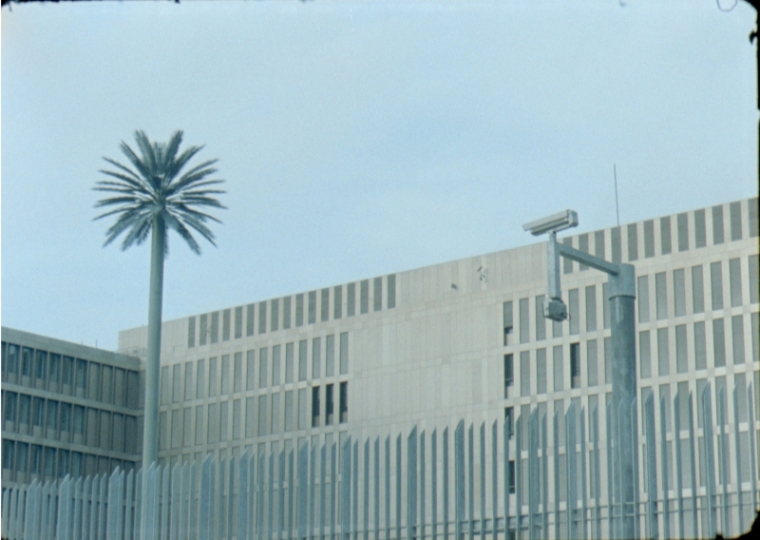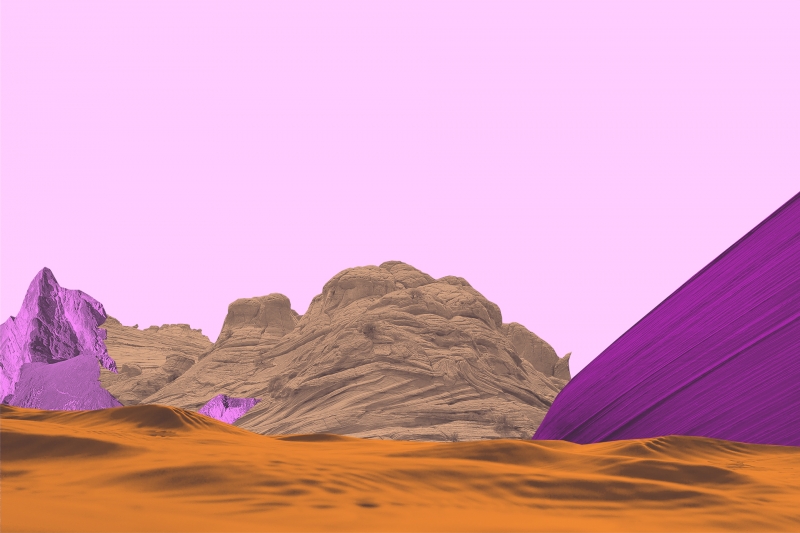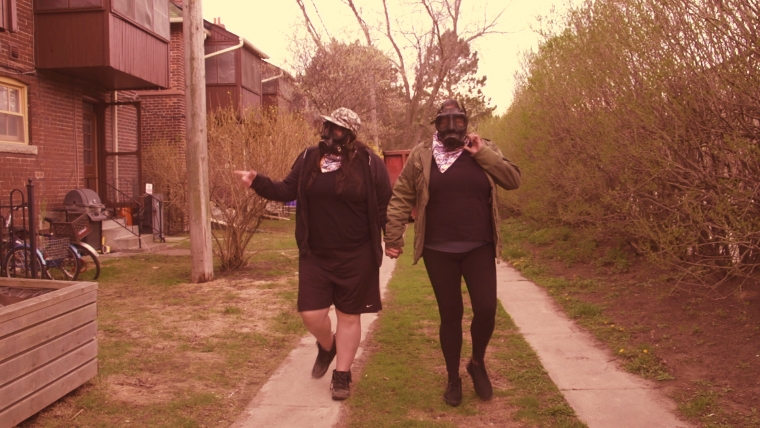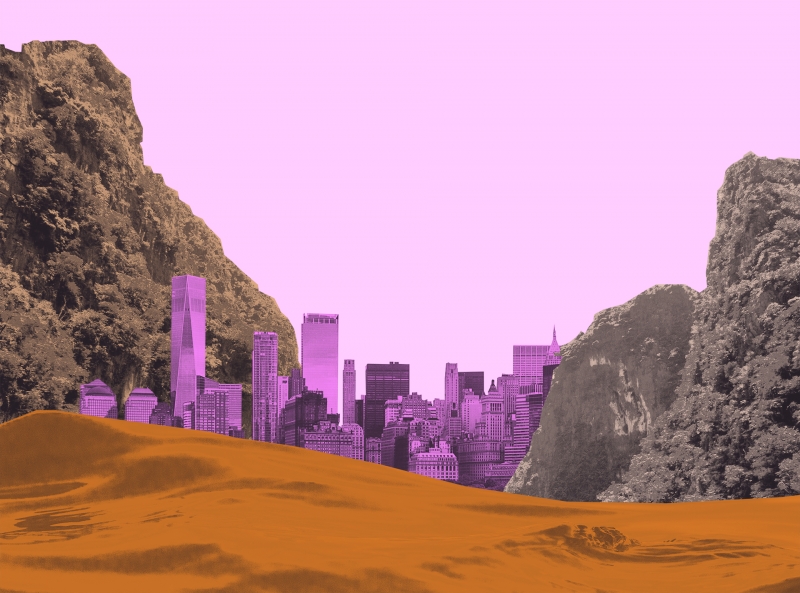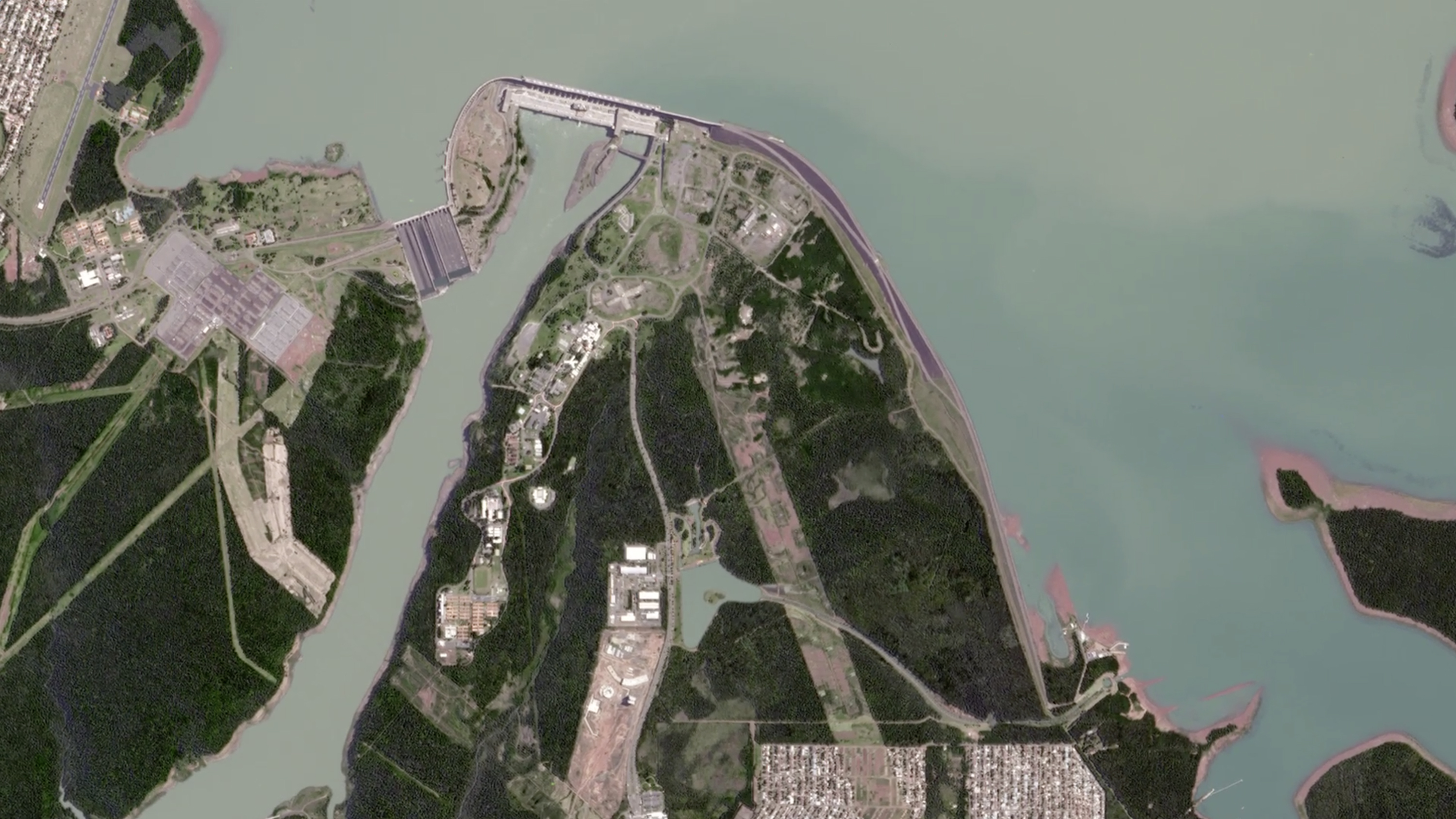
Video stills from “We River” (2016) by Carolina Caycedo. Courtesy of the artist.
Showing here from 30 June to 30 September 2021, as part of the Climate Collective video screening series.
With We River (A Gente Rio, in Portuguese), 2016, Carolina Caycedo addresses the socio-environmental violence surrounding dams as a source of hydroelectric power in Brazil – and the people’s resistance movements that have arisen as a result.
The Itaipu Dam, one of the largest in the world, entailed massive land expropriation that inspired the emergence of the Landless Workers’ Movement (MST). The Belo Monte Dam on the Xingu River, plagued by accidents and irregularities, has encountered extensive Indigenous resistance. The Bento Rodrigues Dam, the recent collapse of which released hazardous mining waste, and Vale do Ribeira, have both spawned opposition from Afro-Brazilian communities descended from maroons and escaped slaves (Caiçara and Quilombola) now demanding reparations. For this project, Caycedo travelled to these places and reconstructed them with satellite images, documents and drawings to create a video that provides a multisensory framework within which to understand the environmental impact of these dams on their surroundings. Personal histories and resonant objects, including handmade fishing nets, testify to the collective knowledge that has resulted from profound land disruption and point to alternative forms of life outside of and beyond the energy infrastructure imposed by colonising corporate-state development.
— Climate Collective: T. J. Demos, Molemo Moiloa, Susan Schuppli and Paulo Tavares
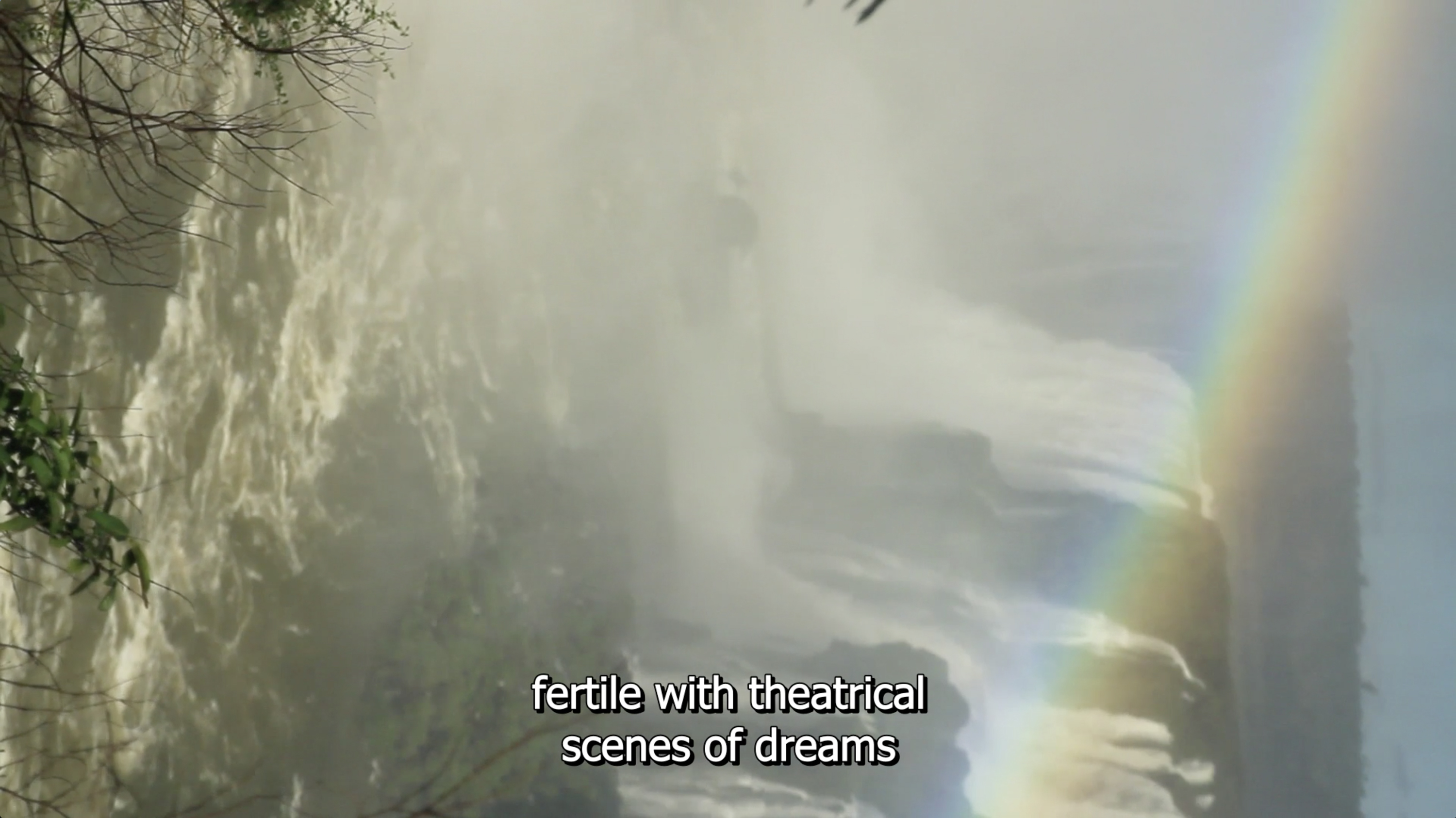
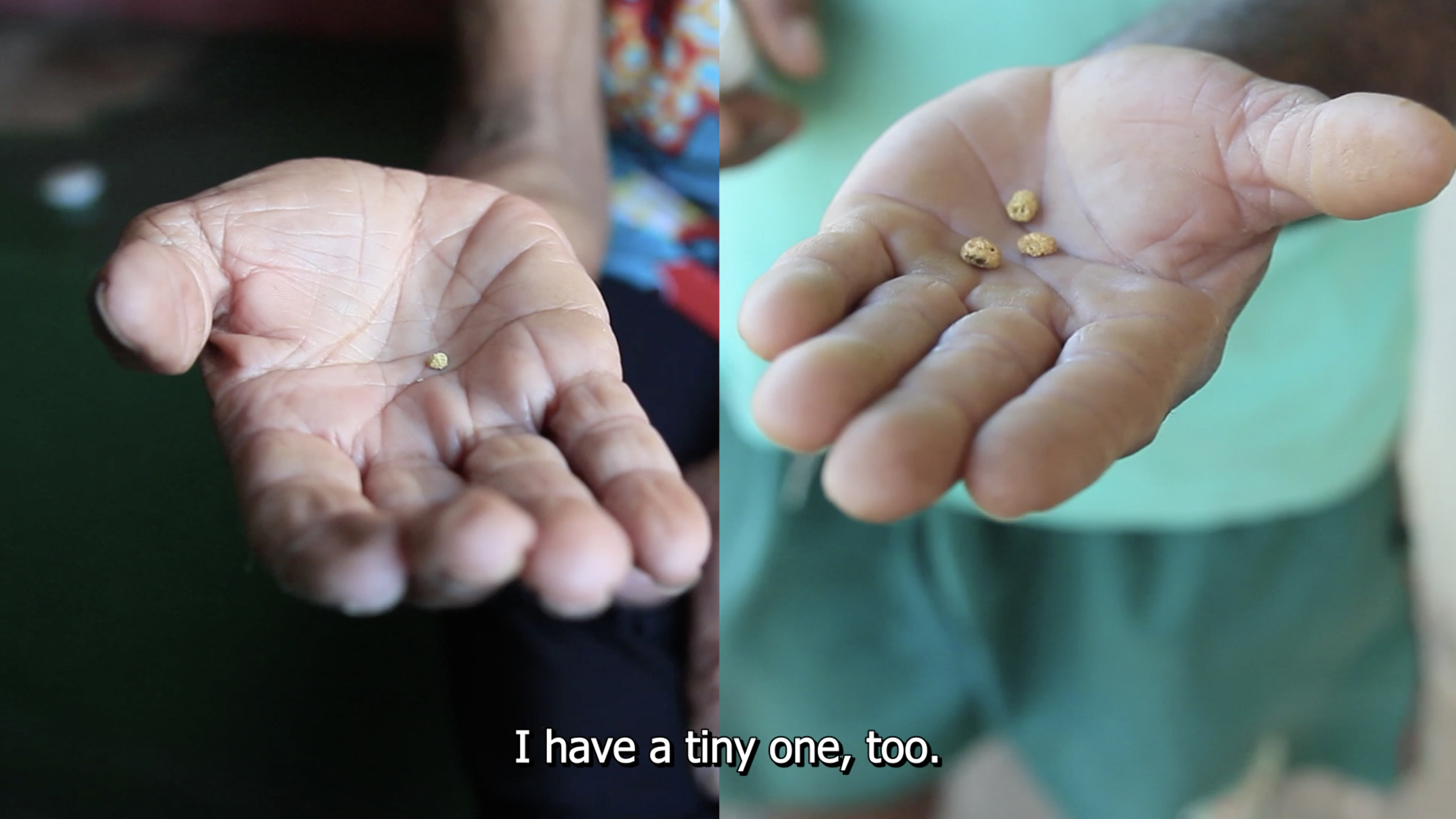
Carolina Caycedo, video stills from “We River”, 2016. Courtesy of the artist.
“A Gente Rio … was the product of research combined with fieldwork. So, all the interviews I did myself, by visiting those places, and meeting different people affected by hydroelectric and mine-tailing dams in Brazil. I was able to visit and enter in contact with some of those people because of my involvement with the Rios Vivos, an anti-dam movement in Colombia, who then put me in touch with the movement of people affected by dams in Brazil (Movimento de Atingidos por Barragens: MAB). So, that’s how this project came together. It was commissioned by the São Paulo Biennial. And, it was the first time I actually studied a case of a mine tailing dam. So far I had only seen hydroelectric projects, but I got the invitation to work in Brazil, few months after, at that point, that the most terrible environmental crime in the history of Brazil, it was the breaking of the Fundão mine-tailing dam, that killed twenty-two people. Unfortunately, in late January of this year, another dam broke, even with more fatal consequences. Approximately three hundred people died in the breaking of the Brumadinho dam. So, that project was a product of fieldwork and site visits and actual relationships with people affected by those cases. The most impactful was to realize that all the dams I had the chance to study, the Itaipu and the Belo-Monte hydrodams, and the Fundão mine-tailing dam in Minas Gerais, are part of the mining-energetic model that was established during the dictatorial period in Brazil, regardless of its construction period. We could argue that the mining-energy model, not only in Brazil but also in the rest of the Americas, is a dictatorial one in the sense that it's built on the basis of violating economic, social, cultural and environmental rights of the communities where these infrastructures are established (mostly indigenous, rural, afro-descendants), on top of nature's rights, that is.”
Carolina Caycedo — Interviewed by Shawnacy Kiker Perez for Charge Magazine, 2019. Accessed here June 2021.
The most impactful was to realize that all the dams I had the chance to study (...) are part of the mining-energetic model that was established during the dictatorial period in Brazil
Carolina Caycedo is a London-born Colombian multidisciplinary artist known for her performances, videos, artist’s books, sculptures and installations that examine environmental and social issues. She participates in movements of territorial resistance, solidarity economies, and housing as a human right. Her work contributes to the construction of environmental historical memory as a fundamental element for non-repetition of violence against human and non-human entities. Caycedo has developed publicly engaged projects in major cities across the globe, and held residencies at the DAAD in Berlin, and The Huntington Libraries, Art Museum and Botanical Gardens in San Marino, California, among others. She is the 2020-2021 Wanlass Artist in Residence at Occidental College in Los Angeles, and a 2020-2022 Inaugural Borderlands Fellow at the Center for Imagination in the Borderlands at Arizona State University, and the Vera List Center for Art and Politics at The New School.
The Climate Emergency > Emergence public programme initiative energises critical analyses and creative proposals in moving beyond catastrophism and toward the emergence of environmentally sustainable futures. Interdisciplinary in breadth and international in scope, the programme is conceptualised by the newly-formed 2021 Climate Collective: T. J. Demos (USA), chair and chief-curator, Molemo Moiloa (South Africa), Susan Schuppli (UK), Paulo Tavares (Brazil), geared toward assembling diverse cultural practitioners working at the intersection of experimental arts and political ecology.
As part of the programme taking place from April 2021 until April 2022, the Climate Collective has curated an online video screening series featuring films by a variety of international and local practitioners around themes addressed in the ongoing events.
“maat Explorations” is a programme framework featuring an ongoing series of exhibitions, public and educational projects delving into the multi-faceted subject of environmental transformation from various scholarly and experimental vantage points – it brings philosophical and political perspectives forward, as well as sociocultural and technological investigations interwoven in speculative and critical practices in the arts and design at large.
Central to the discursive and critical effort of “maat Explorations” is the establishment of the Climate Collective, a rotating group of experts in the expanded field of contemporary art, design and technology that will each year propose a refreshed vision on the connection between creative practices, ecological thought and politics.


